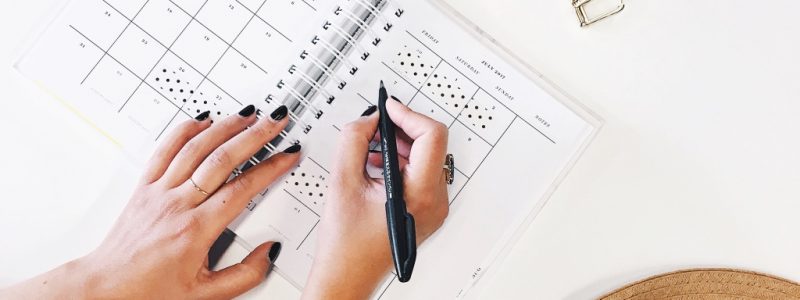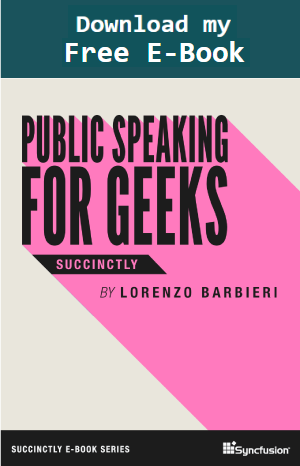Most courses and books about public speaking say that a presentation should include an agenda.
I don’t always agree with that bold statement. Agenda is a waste of time in most cases, and in other cases, can be distractful.
For short sessions, if you start with the agenda you could risk spending too much time on the topics that you like, then you explain the topics, then you recap them, without thinking about having a story that delivers values, just because you have to follow the agenda.
When to avoid spending time presenting an agenda:
- ABSOLUTELY don’t use it for sessions shorter than thirty minutes.
- It’s better to avoid it for sessions shorter than one hour and a half.
- The participants already received an email (or a printed page) with the agenda.
When to use an agenda:
- The event is AT LEAST half-day long. In this case, the schedule of the event is useful because people know when there are breaks when they can answer emails or calls, and when they can take some time to relax.
- The meeting includes various people that should talk in the same slot.
As you can see, it’s good to use an agenda for an event or a meeting, not for a single session.
Of course, there are exceptions to this rule, like when the organizers absolutely require the agenda, or when the meeting or the session is really formal.
P.s. Having the Agenda slide in the presentation template sent by the organizers doesn’t mean that the Agenda is required. It probably means that they’ve taken an old template and updated the dates and all the logos. You can drop the agenda slide with no regrets in most cases.


[…] days ago, we talked about the Agenda slide that people continue to use in short presentations, and then I received an interesting […]